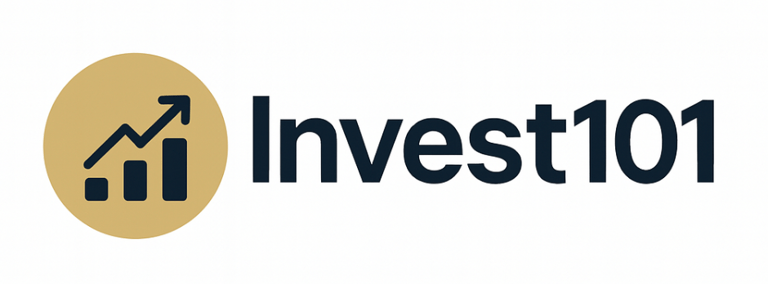Passive vs. Active Investing: What’s the Difference?
Two styles. Two philosophies. One goal: growing your wealth.
7/7/20252 min read


When it comes to investing, one of the biggest choices you’ll make is:
Should I take a passive or active approach?
Both styles aim to grow your money, but they work very differently.
Let’s explore how each one works, and which might suit you best.
What Is Passive Investing?
Passive investing means tracking the market, not trying to beat it.
You invest in index funds or ETFs that follow broad markets like the S&P 500 or global stock indexes.
You don’t pick individual stocks, you buy a piece of everything.
It’s built on a long-term, hands-off mindset.
Examples:
S&P 500 ETFs (like VOO or SPY)
Global equity ETFs
Target-date retirement funds
What Is Active Investing?
Active investing means trying to beat the market by selecting specific investments.
You (or a fund manager) analyze stocks, trends, and economic data to make decisions.
It involves more risk, and more time, in hopes of getting higher returns.
Examples:
Picking your own stocks (like Apple, Nvidia, Tesla)
Managed mutual funds
Actively managed ETFs or hedge funds
Pros of Passive Investing
Very low fees
Easy to understand
Minimal effort: ideal for busy people
Historically strong long-term performance
Emotion-free: you invest and stay the course
Cons of Passive Investing
No chance to beat the market, you only match it
You still experience market downturns along with everyone else
No flexibility to respond to short-term changes
Pros of Active Investing
Potential for higher returns
Flexibility to avoid weak sectors or risky assets
You can adapt to changing market conditions
Appeals to those who enjoy research and market analysis
Cons of Active Investing
Higher costs (management fees, trading costs)
Time-consuming, it requires ongoing effort
Higher risk of making poor decisions or underperforming
Most active funds fail to beat the market consistently over time
How to Decide What’s Right for You
Ask yourself:
Do I want to spend time researching the markets?
Can I handle short-term ups and downs without panicking?
Do I prefer a hands-off, long-term plan or a hands-on, tactical one?
Am I okay with paying higher fees for potential (but not guaranteed) outperformance?
You Can Combine Both
Many investors choose a core + satellite strategy:
Use passive funds (like index ETFs) for 80–90% of your portfolio
Use active picks or themes for the remaining 10–20%
This way, you stay grounded while exploring opportunities.
Final Thought
Passive investing is about patience and consistency.
Active investing is about skill, effort, and risk management.
There’s no one-size-fits-all answer.
Start with what matches your comfort level, and adjust as you grow.
The most important thing isn’t choosing one or the other, it’s getting started and staying invested.
Invest101.blog
Articles and resources for smart investing.
Contact
contact@invest101.blog
© 2025. All rights reserved.
